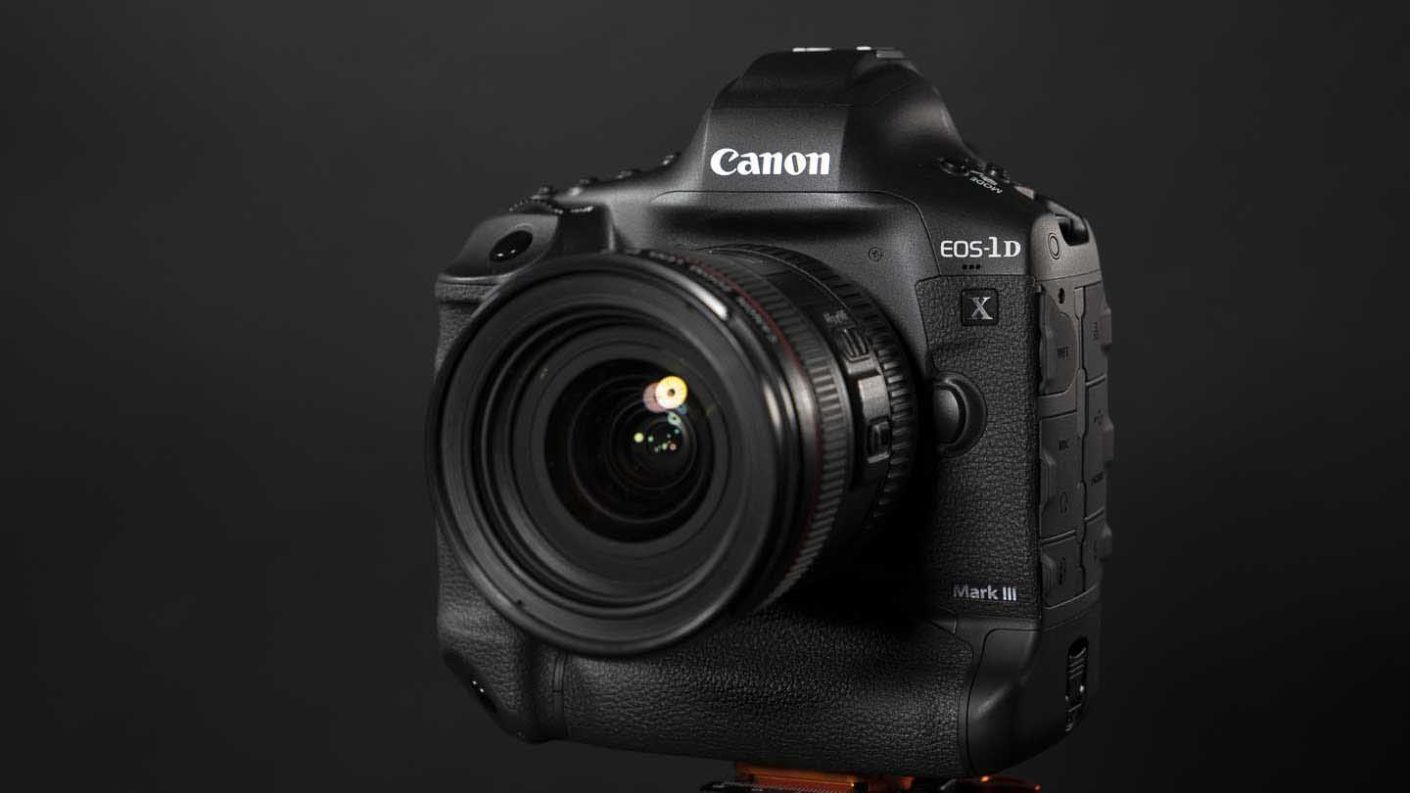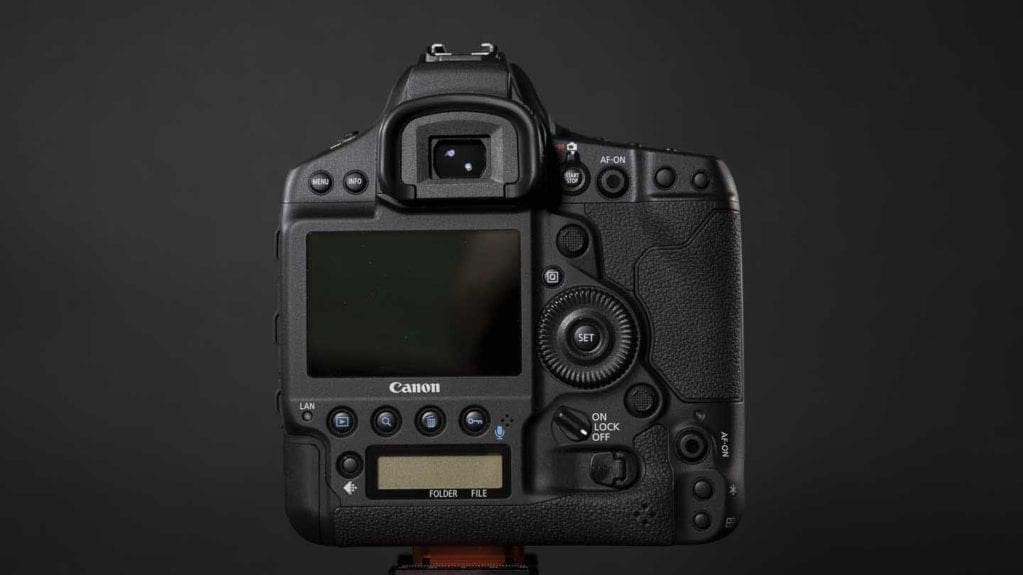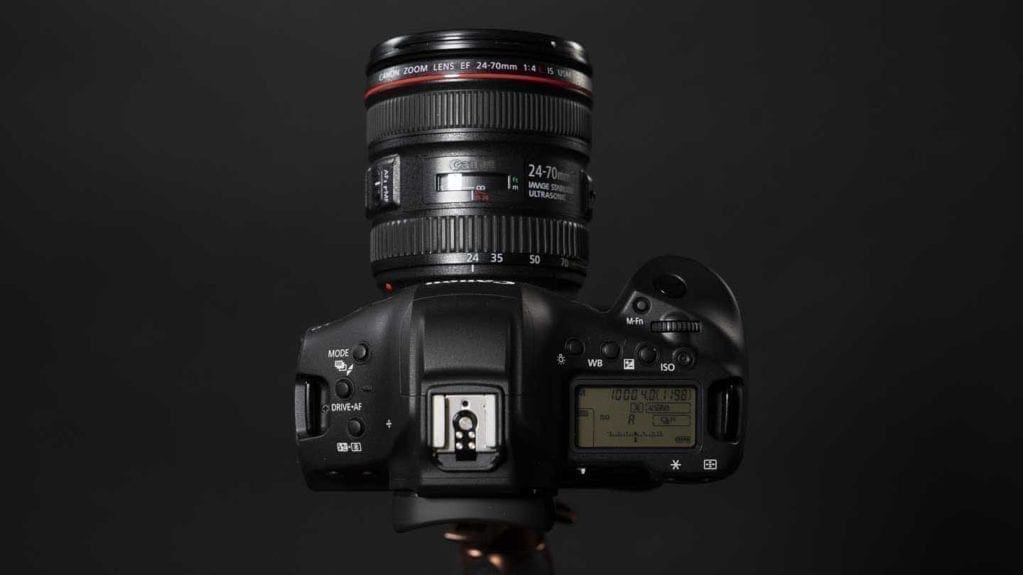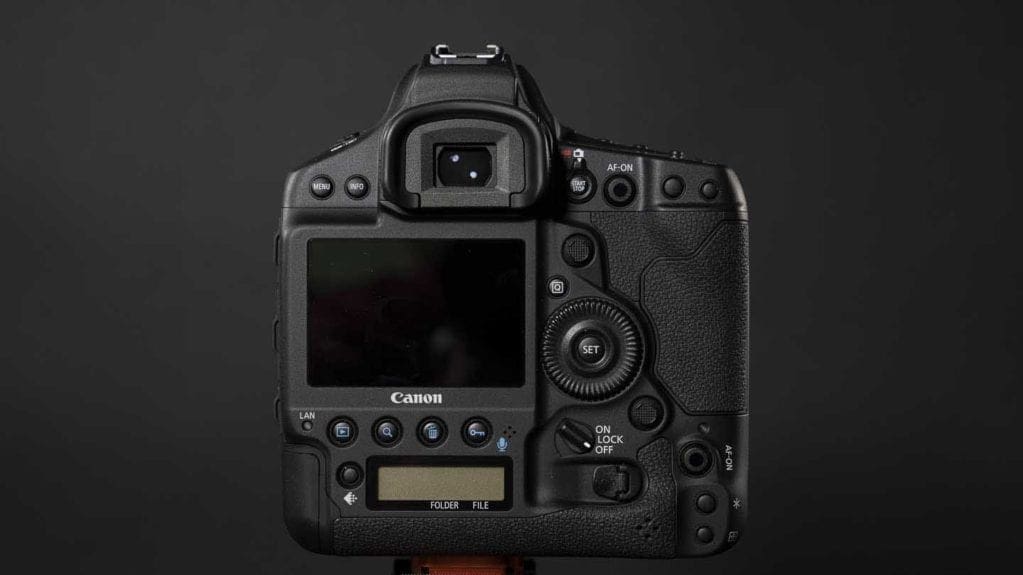While mirrorless camera sales are now bigger than DSLR sales, many professional news and sport photographer put their faith in mirrored technology and an optical viewfinder.
Inside the Canon EOS-1D X Mark III is a 20.1Mp full-frame (36x24mm) CMOS sensor which has a new High Detail Low-Pass Filter. This is said to sample light over a greater number of points for sharper and higher resolution images without moiré.
Canon has paired the sensor with its new Digic X (AKAK Digic 8) processing engine. This enables a sensitivity range of ISO 100-102,400 (expandable to ISO 50-819,200) when shooting stills and a maximum continuous shooting rate of 20fps (frames per second) in Live View mode and 16fps when the viewfinder is in use. The camera can continue to focus the lens at both shooting rates.
What’s more, those shooting rates are maintained until the memory card is filled with Jpegs or over 1000 raw images. That’s a lot of images!
Autofocus
In reflex mode, when images are composed in the viewfinder, the EOS-1D X III uses its dedicated autofocus sensor which has 191 AF points, 155 of which are the more sensitive cross-type. By comparison, the EOS-1D X Mark II has 61 AF points and 21 of them are cross-type. Also, according to Canon, the centre of the 1D X III’s AF sensor is 28x more sensitive than its predecessor’s.
In addition, Canon has used deep learning to program the AF system so it can identify humans in a range of sporting situations and focus n them quickly using the new advanced subject tracking system. It’s designed to prioritise human eyes even when they are covered by helmets or goggles.
As Canon has used its Dual Pixel CMOS AF technology in the EOS-1D X Mark III, there’s phase detection focusing in Live View mode. This has 3,869 points and you can set a point just about anywhere in the frame.
New File Format and New Card
In a first for Canon EOS cameras, as well as raw and Jpeg files, the EOS-1D X Mark III supports the new HEIF (High Efficiency Image File Format). This is based on the HEVC codec and it enables images with 10-bits of data to be saved in a file that’s an equivalent size to a JPEG but with fewer compression artefacts.
As the EOS-1D X Mark III is all about speed, it uses the new CFexpress memory card format. This has write speeds that are more than 3x those of the previous fastest CFast cards.
Video
The EOS-1D X Mark III is Canon’s most advanced interchangeable lens video camera outside the Cinema EOS series. It can shoot 4K 12-bit video with raw internal recording. It can even record raw and MP4 video simultaneously to two separate memory cards.
In addition, video can be recorded as 12-bit CRM files at 5.5K (5472×2886), for highly-detailed oversampled 4K footage.
Canon Log Gamma is available in 10-bit HEVC/H.265 file format and the MP4 container is available when speed is of the essence.
Movie Digital IS, as seen in the likes of the EOS C500 Mark II, has also been included to create 5-axis stabilisation.
Connectivity
As we expect now, Wi-Fi and Bluetooth connectivity is built-in, and as an added bonus there’s a GPS chip. Furthermore, the Wi-Fi can be used to connect to FTP services as well as EOS Utility or a smartphone.
Meanwhile, the Low Energy Bluetooth connectivity enables a constant connection to a smartphone or tablet.







